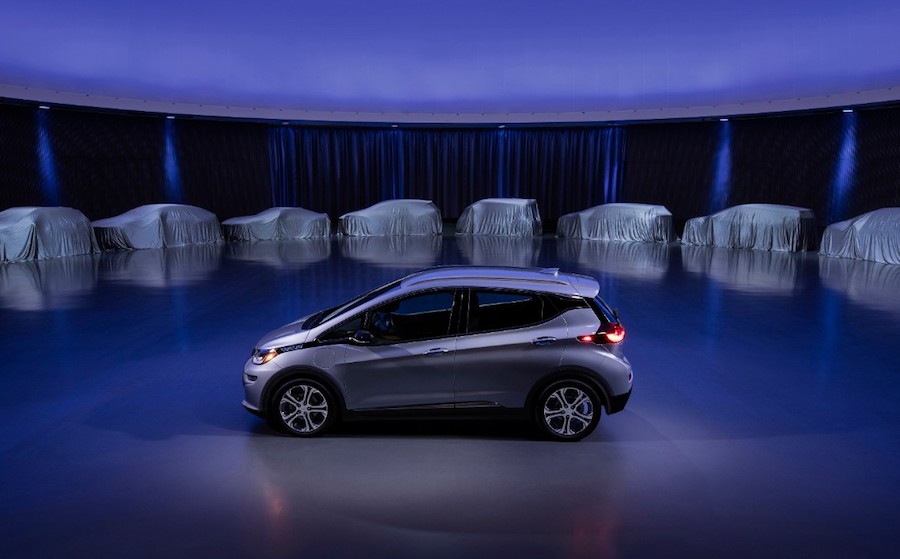
Friday saw General Motors unveil a new partnership to extract lithium from the Southern California Salton Sea. This is one of the significant first moves from a major US automaker to source crucial lithium needed to build EV batteries domestically. The United States is looking to ramp up domestic production in a bid to lower costs and bring some of the profits from the coming lucrative electrification processes to the country.
Protecting Lithium Supply Chains
The deal will be a collaboration with California and Australia-based Controlled Thermal Resources Limited and will move in lockstep with some of the goals from Washington, including President Biden’s infrastructure framework. The idea for this deal and others is to boost electric vehicle production through the supply chain and protect US jobs at the same time.
One of the angles of this plan is to reduce dependence on China and key battery production domestically as China dominates the global battery supply chain. As the past 18 months have shown, when global supply chains are interrupted, this can cause severe problems for local economies and supply chains across the board. The top lithium miners include Australia and in second place Chile and China. With 3.5% of the world’s lithium reserves, the US is still a strong contender but lags behind other leading countries and tapping into those resources.
Shortages for Lithium, Semiconductors, Copper
The electrical vehicle industry is currently working through a semiconductor shortage expected to cost the industry 3.9 million vehicles and 110 billion in revenue globally due to issues with supply chains, according to consulting firm Alixpartners, as well as many of the minerals required for EVS semiconductors and batteries are sourced outside of the US and primarily come from Asia.
“The semiconductor shortage has been a huge wake-up call to everybody that you need to be taking more care managing where everything is coming from and making sure that you have a robust supply chain,” said Sam Abuelsamid, principal analyst for Guidehouse Insights. “Otherwise, it’s gonna end up coming to bite you in the butt.”
Controlled Thermal Resources (CTR) will receive “multi-millions” in investment from GM. “By securing and localizing the lithium supply chain in the US, we’re helping ensure our ability to make powerful, affordable, high mileage EVs while also helping to mitigate environmental impact and bring more low-cost lithium to the market as a whole, “Executive vice president of global product development, purchasing, and supply for GM said in a statement.
Hell’s Kitchen
Code-named Hell’s Kitchen, the project is expected to begin producing lithium by 2024. Lithium output from the project is set to be used for GM’s Ultium battery cells, which are being manufactured with LG Energy Solution, as part of a joint venture once the technology is validated and tested.
There is currently no full-scale lithium production coming from geothermal wells in the United States, making this a giant leap for the car manufacturer into the EV space and preparing its supply chain for the rapid changes in the electric space. The majority of the world’s lithium comes from lithium brine deposits in the “lithium triangle” of Argentina, Chile, and Bolivia. A majority also comes from hard-rock deposits in Australia.
The Hell’s Kitchen project and the areas around it could produce up to 600,000 tonnes of lithium carbonate annually, worth about $7.2 billion. On top of the boost to GM’s balance sheet, this project will protect the company against any supply chain disruptions or delays in the future when demand for lithium is even higher than it is now.
The Race is On
The US is racing toward electrification now, with GM playing catch up with Elon Musk’s Tesla to compete for the top spot alongside other well-established automakers like Volkswagen. GM announced last month it was spending $35 billion through 2025, representing a 30% increase from plans announced just last year. The way things are moving, it wouldn’t be a shock if GM ramped up their estimates by the end of 2021 again.



 Follow us on Twitter
Follow us on Twitter Become our facebook fan
Become our facebook fan










Comments are closed.